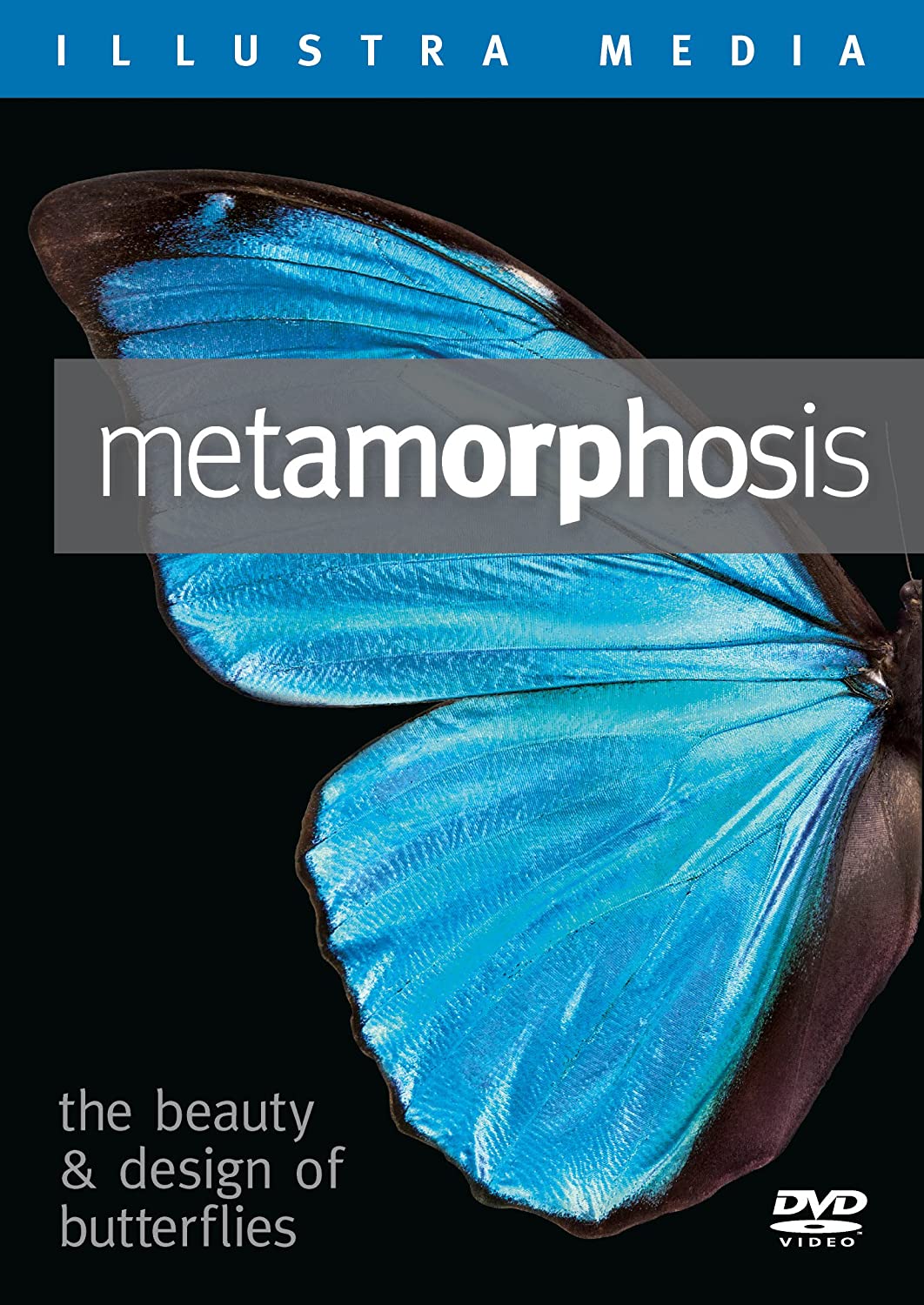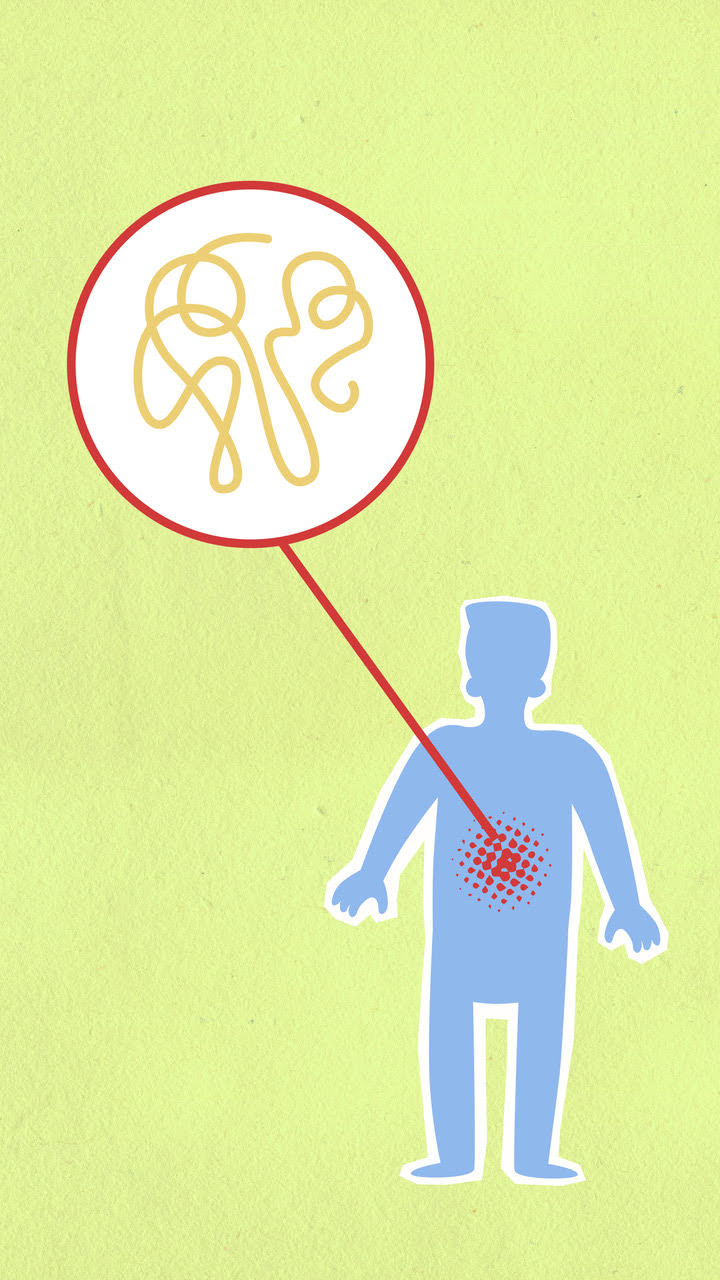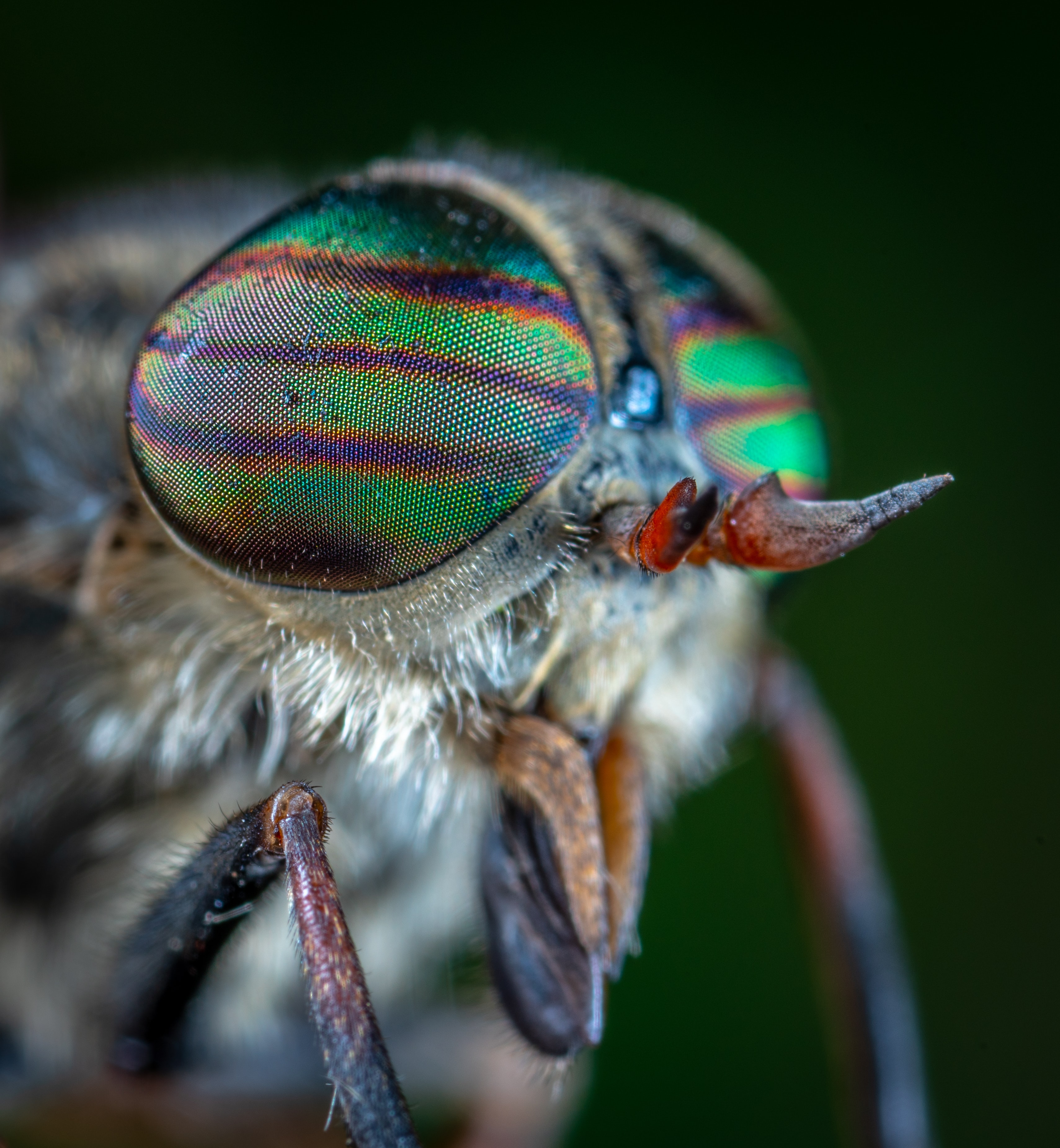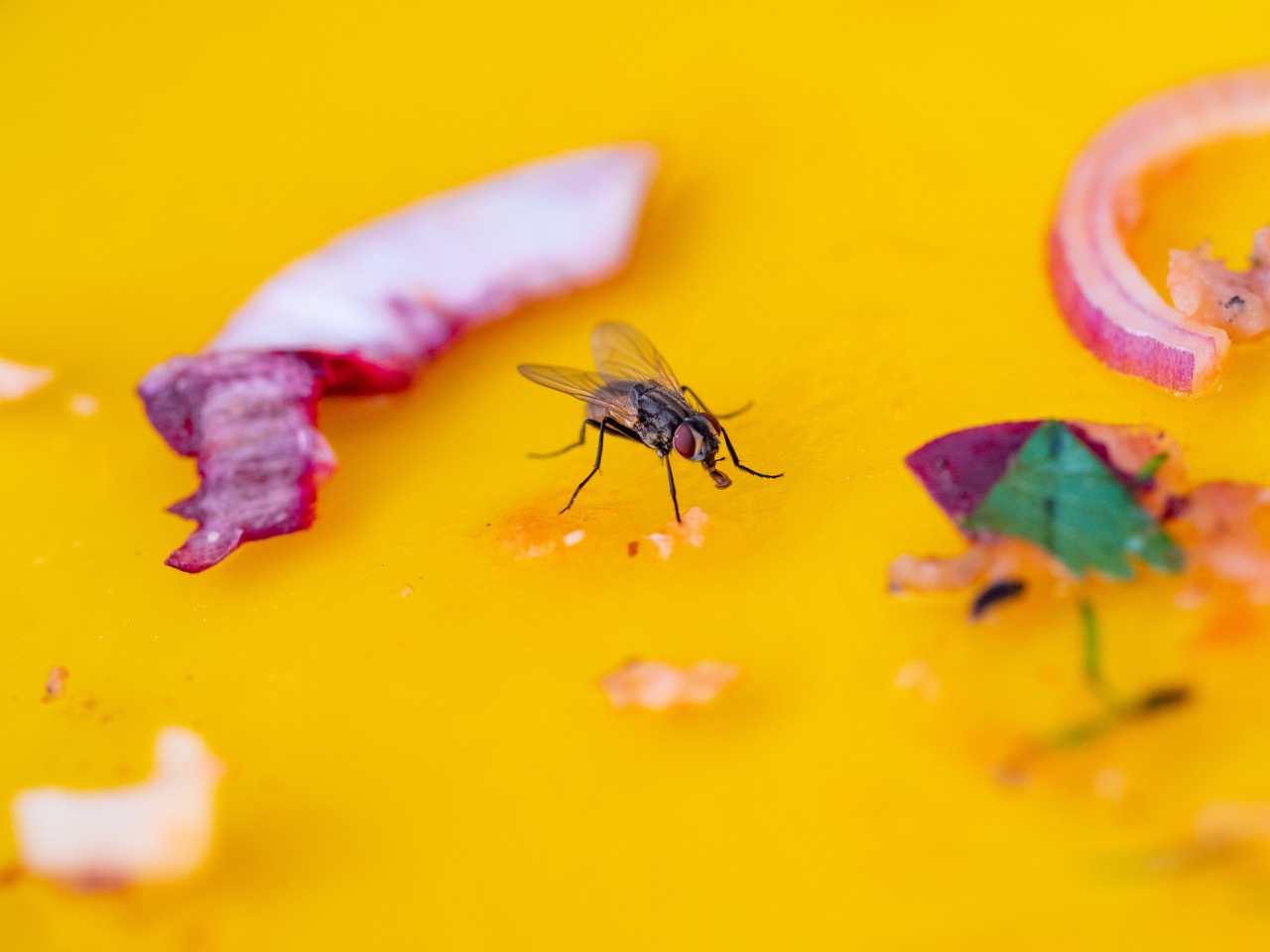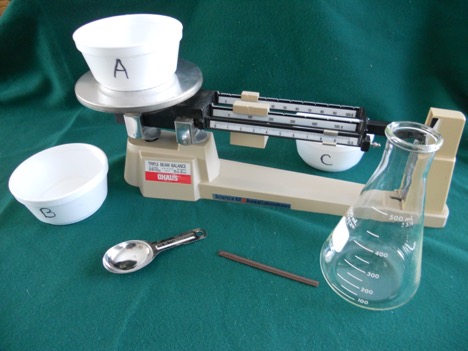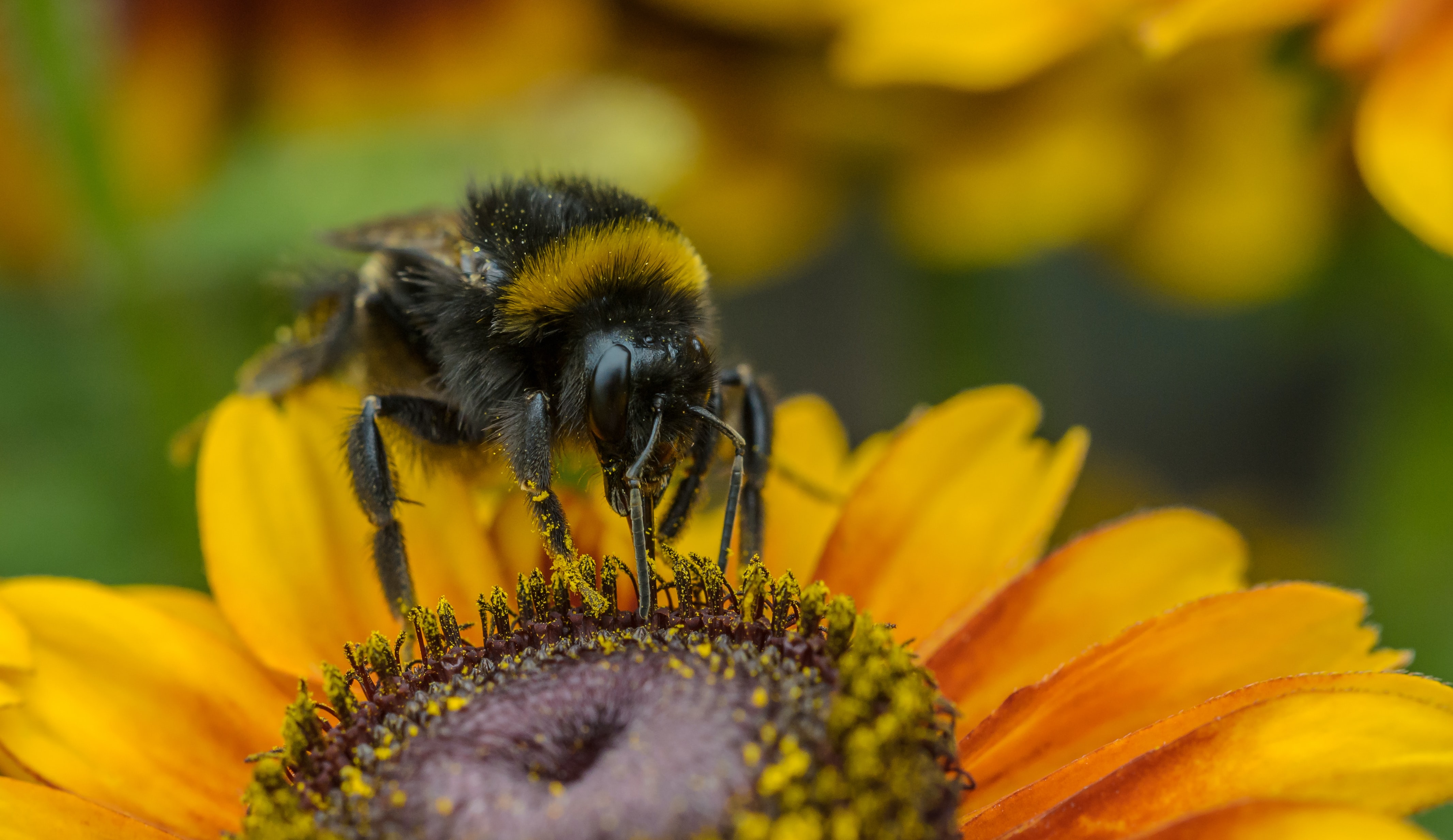Articles » Biochemistry
One family, with one child in high school, one in junior high and one in elementary school, were going to start with just one video clip from Michael Behe. The idea was, like the thin edge of the wedge, to first catch their attention. But everyone was so intrigued, that they watched all five episodes in one sitting! Read the rest of this entry »
In high school biology courses, it soon became apparent to Angie that among her fellow Christians, there was a diversity of opinions about origins. So, she consulted the HeadStart program about the impact of world views on the relationship between faith and science. She read information on the gap theory, the day age theory, the framework hypothesis, theistic evolution, neo-Darwinism, methodological naturalism, intelligent design and creation. Now she better appreciates why this whole website is devoted to creation.
Read the rest of this entry »For many years, evolutionists have claimed that the bulk of the human genome is junk, debris left over from long periods of evolution. These people should rather have asked what was the function of these long stretches of non-coding DNA (about 97%). Recent research such as the Human Genome Project (HGP) has vindicated those who rejected the junk DNA idea and the insights keep on coming! Read the rest of this entry »
HeadStart is a completely new tool available for high school students and their teachers (and postsecondary students). Written and developed by the Creation Science Association of Alberta, this tool is free and easily accessed. Check it out at www.create.ab.ca/headstart
Many people recognize that it is a privilege to learn about God, the Creator and his Creation. That is why, besides observing the natural environment in which we find ourselves, it is a pleasure to go beyond mere observations to discover how things work and why. Most young people undertake to study some science, at least at the high school level. But there is a problem, most programs of study include a lot of evolutionary concepts that point away from God and his work. Even seemingly innocent terms like microevolution, convergence, nucleus, fossil record and plant biology are loaded with evolutionary concepts. However, these phenomena themselves actually point overwhelmingly to the work of God, the Creator as described in Genesis and throughout the Bible. It was to communicate this message, that HeadStart was developed.
Read the rest of this entry »It was a surprise to read in the September 17 issue of Nature1 that fruit flies have some interesting things to teach us in the field of technological applications of extremely thin protective coatings.
For this story, we focus on their beautiful red eyes. Like all insects, fruit flies have compound eyes consisting of multiple miniature light receptors which focus on one spot at the back of the eye. We immediately notice that these compound eyes tend to bulge outward, or at least they are highly exposed. There are no eyelids to protect them from damage and/or to protect them from glare. It was back in the 1960s and 1970s that biologists began to notice that insect eyes seem to have some protection after all. Depending upon the lifestyle of the insect, their eyes seem to have anti-reflective or anti-adhesive protection. An anti-reflective coating allows more light to be transmitted through a transparent layer than would normally occur. And an anti-adhesion coating repels water from such a surface. Read the rest of this entry »
Biologists tell us that the ability to detect and identify odours is perhaps the most important sense that animals need to survive. By means of odour detection, insects locate food, avoid toxins and predators, and communicate with others of their own species. Their sense of smell is located mainly in their antennae.
One insect that is particularly talented in many respects, is none other than the famous fruit fly. For example, these red-eyed beauties exhibit extremely good abilities to find rotting fruit. Because fruit flies are easy to culture, biologists first studied odour detecting talents in these creatures. The study was expected to be interesting but scarcely earth-shattering. But guess what! Drosophila (fruit fly) was the tip of the iceberg to reveal that insects exhibit odour detecting abilities that are highly unusual and a major problem for evolutionary expectations. Since then similar studies have been conducted on moths, beetles, other flies, cockroaches and social insects. Read the rest of this entry »
Do you like to watch your favourite team show off their talents? Are you happy when they win? Sometimes it’s fun to be a spectator. All you have to do is cheer. Let’s be spectators in temperature races featuring that special competitor, the yeast cell.
Yeast is a tiny mold made up of a single cell. Yeast has the remarkable ability to turn sugar into alcohol and carbon dioxide gas. If there are more yeast cells, naturally, sugar is turned into alcohol and carbon dioxide gas at a faster rate. The happier the yeast is kept, the faster it grows and the more product it produces. Let’s see if temperature has any effect on how happy the yeast is and thus on how fast it grows and how much product it produces. Read the rest of this entry »
The scientist credited with developing a new type of stem cell, says he is very concerned about the process. The ethical problems go far beyond any issues with embryonic stem cells. Read the rest of this entry »
A recent list of the 100 most important “scientific discoveries that changed the world” lists Rick Smalley’s discovery of Buckyballs (English, 2014, p. 13). But who was this man? Richard (Rick) Smalley (June 6, 1943-October 28, 2005) was Professor of Chemistry, Physics, and Astronomy at Rice University. He was awarded the Nobel Prize in Chemistry in 1996 (along with Sir Harry Kroto and Robert Curl) for the discovery and research on a new allotrope (form) of carbon. He called this unique soccerball-shaped molecule buckminsterfullerene, nicknamed buckyballs. Soon a more comprehensive category called fullerenes was proposed to include nanotubes. Read the rest of this entry »
Over the last decade, everything has become digital. We don’t capture images on film anymore, but in digital files. We don’t send letters, we send email messages. We don’t buy books, we download documents to an e-reader. Every organization has a website. Information is at our fingertips, but the whole system is extremely fragile.
The problems with our digital storage technologies are twofold. The data don’t last once they have been laid down and must be transferred to keep them fresh, while the technology for storage and reading keeps changing. An amusing example of this is NASA, which in the early 2000s, found that it was unable to access data from the space program of the 1960s and 1970s. So there they were, scouring internet auction sites to find second hand eight-inch floppy drives which could read their priceless data. Similar events of loss or near loss happen all the time. In 2009 when Yahoo! closed their GeoCities server, a huge amount of data was lost, perhaps “the most amount of history in the shortest amount of time, certainly on purpose, in living memory.” Nobody seemed to notice, but if these had been paper documents which were lost from a library, the outcry would have been anguished indeed. The take home lesson is that as a digital society, we need better systems to store and read data. In view of this, some scientists have turned their attention not to a new system, but to a tried and true system, much better than modern devices. Enter DNA to the discussion. Read the rest of this entry »
When I was 19, I had a summer job in a hospital laboratory in Sherbrooke, Quebec. The hospital was fairly small, as it served an English community of perhaps 20,000 to 30,000 people in the extended region. Read the rest of this entry »
There are some useful and visually attractive programs available on YouTube. For example, Privileged Species (previously reviewed in Dialogue) at 32 minutes, has already recorded 33,300 views. However for better quality display, a DVD is required which CSAA sells for $15.00 each.
Several years ago CSAA distributed free copies of the DVD Programming of Life which runs 44 minutes and is produced by LaBarge Media (with Don Johnson). We distributed this to high school and university students, teachers, and pastors. This program examines mathematical issues concerning the living cell. In this context, information is a critical feature of living cells. The kind of information required (proscriptive) involves instructions. From that discussion we proceed to protein manufacturing which is illustrated with beautiful graphics. We then learn the essential features of a computer and how the cell demonstrates these capacities. Read the rest of this entry »
An interesting article appeared recently in the journal Science that suggested that bumble bees have solved a problem that plant physiologists have been working on for one hundred years! It was in 1920 that plant physiologists Wightman W. Garner (1875-1956) and Harry A. Allard (1880-1963), while working with tobacco and flowering cosmos, discovered that the correct length of day is essential for the onset of flowering in these plants. They named the phenomenon “photoperiodism,” and it is an extremely important control on the beginning of the flowering process in many plants. Read the rest of this entry »
Spiders look scary and with good reason. They are all predators, you know. Their eight hairy legs and alarming mouth parts would frighten any potential victim. Although the usual victims are insects, even most people are reluctant to get too close to these creatures. Nevertheless, despite their frightening appearance, spiders are actually wonderfully designed organisms. Many species effortlessly produce an amazing product — spider silk. For forty years, scientists working for the American military, have sought to produce something like spider silk. Apparently this material is, by weight, five times stronger than steel. the military would love to use it for bullet proof vests, for parachutes, tents and surgical dressings. Until very recently however, all that the scientists produced was useless blobs. The spider, on the other hand, turns special proteins into as many as seven kinds of silk. The best plan would have been to let the spider do all that for us as well as for herself. Spider farming would have been fine, except that these fierce predators ate each other up. So it was back to the drawing board. Read the rest of this entry »
We hear all the time about how complicated living cells are. It makes us think that such entities were designed to work as they do. People who support the idea that all things came about by natural processes, however, do not want to think that there is a mind behind what we see in all living creatures from microbes up to the largest, most complicated organisms. These latter people want to show how the living cell developed spontaneously, without any direction. So they want to demonstrate that there were early cells which were much much simpler than what we see today, cells that could have appeared through natural processes. These scientists want to demonstrate that the barriers to spontaneous development are not too high. Read the rest of this entry »


